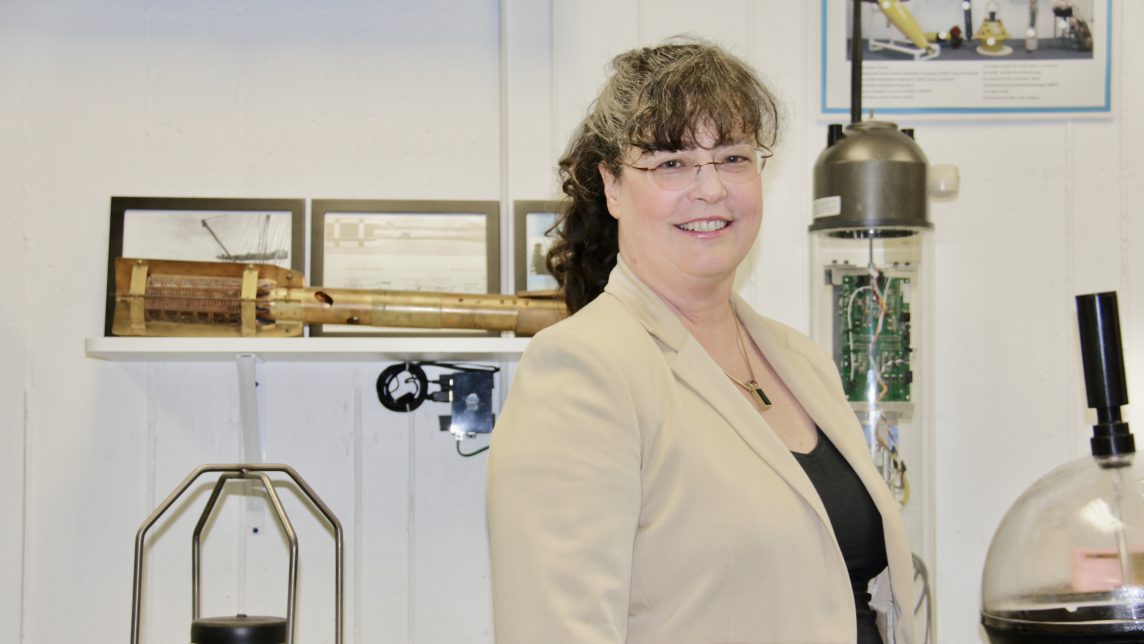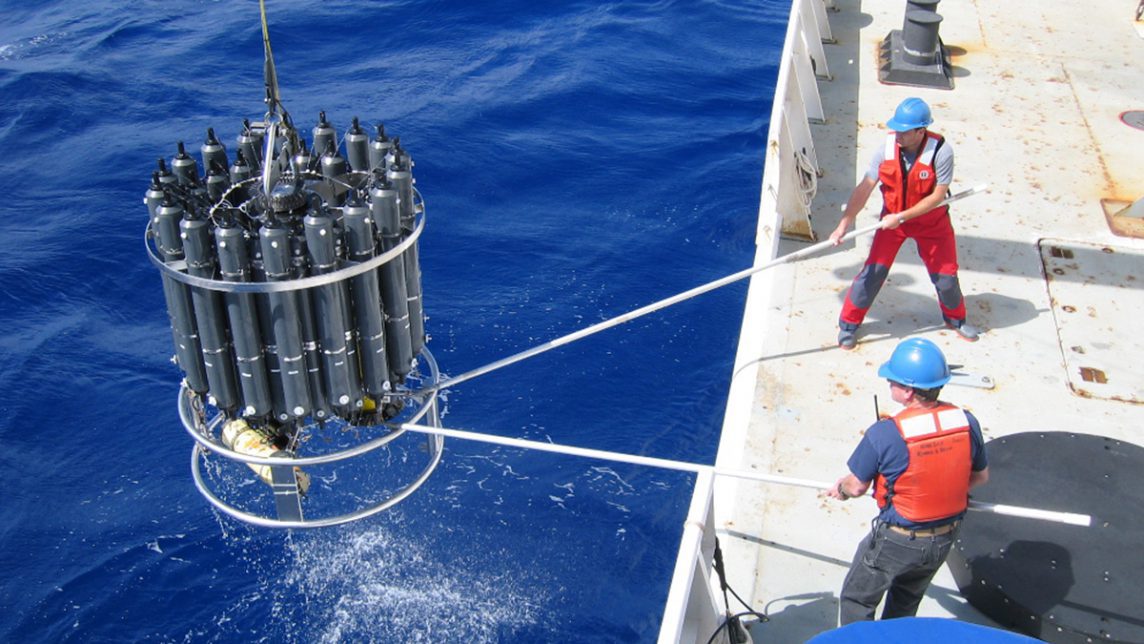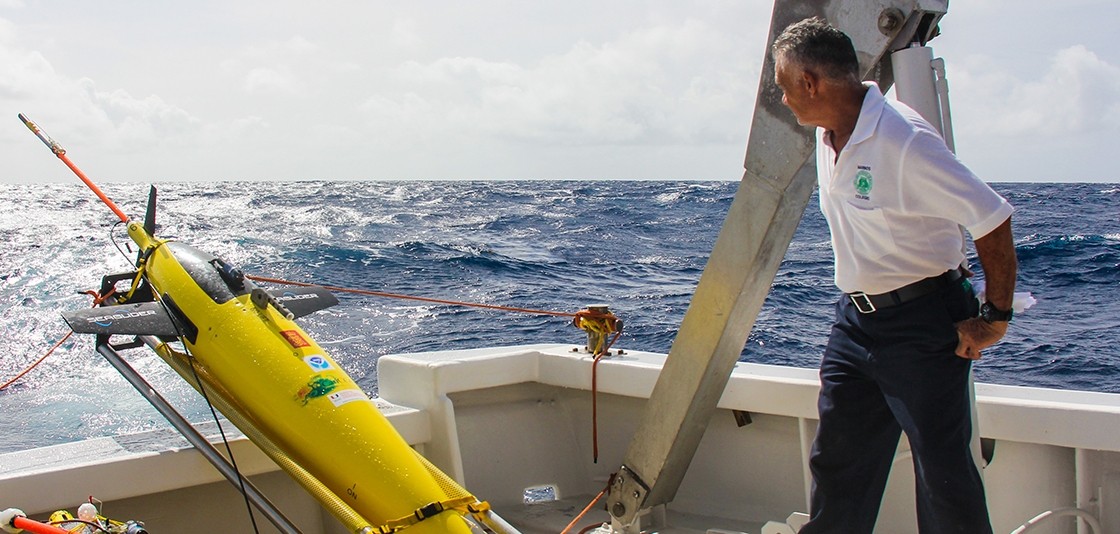John Cortinas, Ph.D., director of NOAA’s Office of Weather and Air Quality, today was named the new director of NOAA’s Atlantic Oceanographic and Meteorological Laboratory in Miami. He will begin the new position on July 8.“John Cortinas brings proven vision and leadership experience in NOAA to the Atlantic Oceanographic and Meteorological Laboratory where he will lead the lab’s basic and applied research to improve the prediction of severe storms and deliver an enriched scientific understanding of our oceans for all of NOAA,” said Craig McLean, NOAA assistant administrator for NOAA Oceanic and Atmospheric Research.
Best of Miami: AOML’s Molly Baringer Stands Out as a Leader in Science
Authors: Heidi Van Buskirk
Date: 5/31/19
Each year Miami Today publishes The Best of Miami edition to highlight people and organizations from multiple fields that make a difference in the community. The special edition articles focus on the best in each respective field from arts and culture to health and medicine to international business and role models. In this year’s 37thedition, AOML’s own Molly Baringer takes the well-deserved spotlight. As the deputy director of NOAA’s AOML, she has worked hard to make critical observations in her field as well as support and lead her team. In the article Barringer expresses that, “As a leader of a science organization, you have to fall in love with everything that you do.” Molly Baringer’s passion, creativity, and leadership skills truly make her one of the best in Miami.
New NOAA, Partner Buoy in American Samoa Opens Window into a Changing Ocean
NOAA and partners have launched a new buoy in Fagatele Bay within NOAA’s National Marine Sanctuary of American Samoa to measure the amount of carbon dioxide in the waters around a vibrant tropical coral reef ecosystem. “This new monitoring effort in a remote area of the Pacific Ocean will not only advance our understanding of changing ocean chemistry in this valuable and vibrant coral ecosystem but will also help us communicate these changes to diverse stakeholders in the Pacific Islands and across the United States,” said Derek Manzello, coral ecologist with NOAA’s Atlantic Oceanographic and Meteorological Laboratory.
Global Ocean is Absorbing More Carbon from Fossil Fuel Emissions
The new research published by NOAA and international partners in Science finds as carbon dioxide emissions have increased in the atmosphere, the ocean has absorbed a greater volume of emissions. Though the volume of carbon dioxide going into the ocean is increasing, the percentage of emissions — about 31 percent — absorbed by it has remained relatively stable when compared to the first survey of carbon in the global ocean published in 2004.
Unmanned Ocean Gliders Help Improve Hurricane Forecasts
NOAA will soon launch a fleet of 15 unmanned gliders in the Caribbean Sea and tropical Atlantic Ocean this hurricane season to collect important oceanic data that could prove useful to forecasters. “If you want to improve prediction of how hurricanes gain strength or weaken as they travel over the ocean, it’s critical to take the ocean’s temperature and measure how salty it is,” said Gustavo Goni, an oceanographer at NOAA’s Atlantic Oceanographic and Meteorological Laboratory who is helping lead the glider research. “Not just at the surface, which we measure with satellites, but down into deeper layers of ocean waters.”




